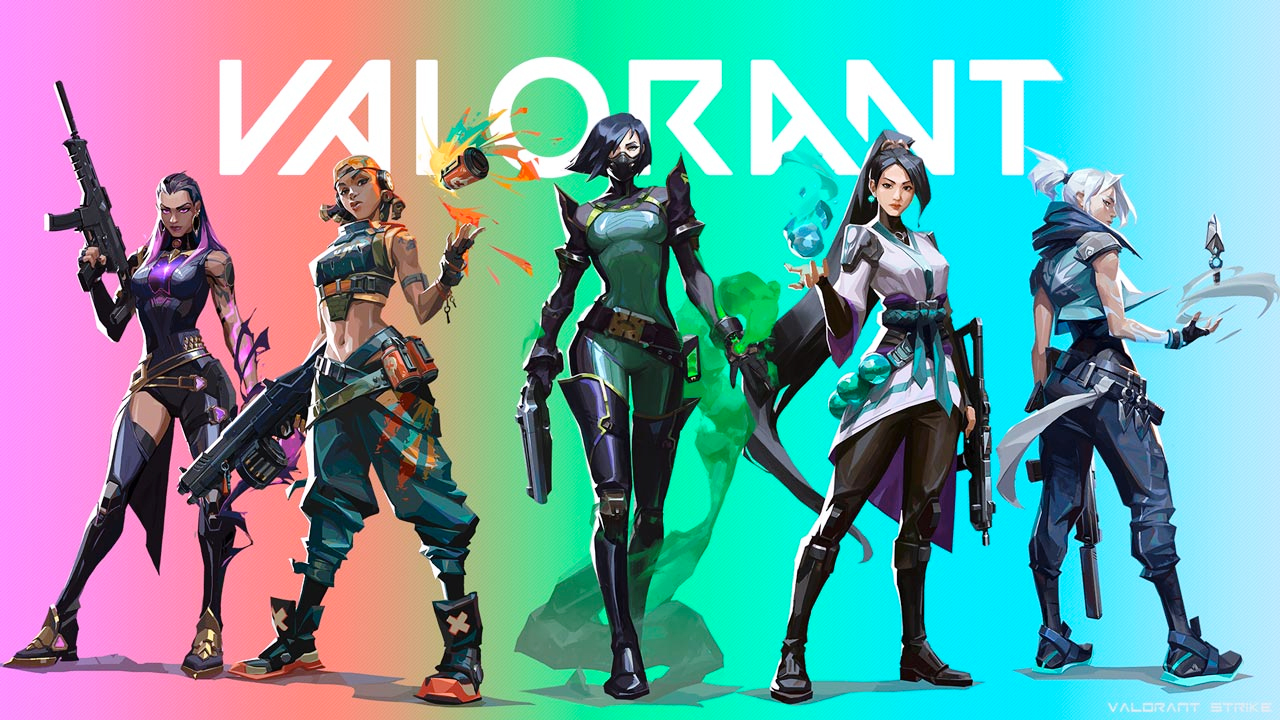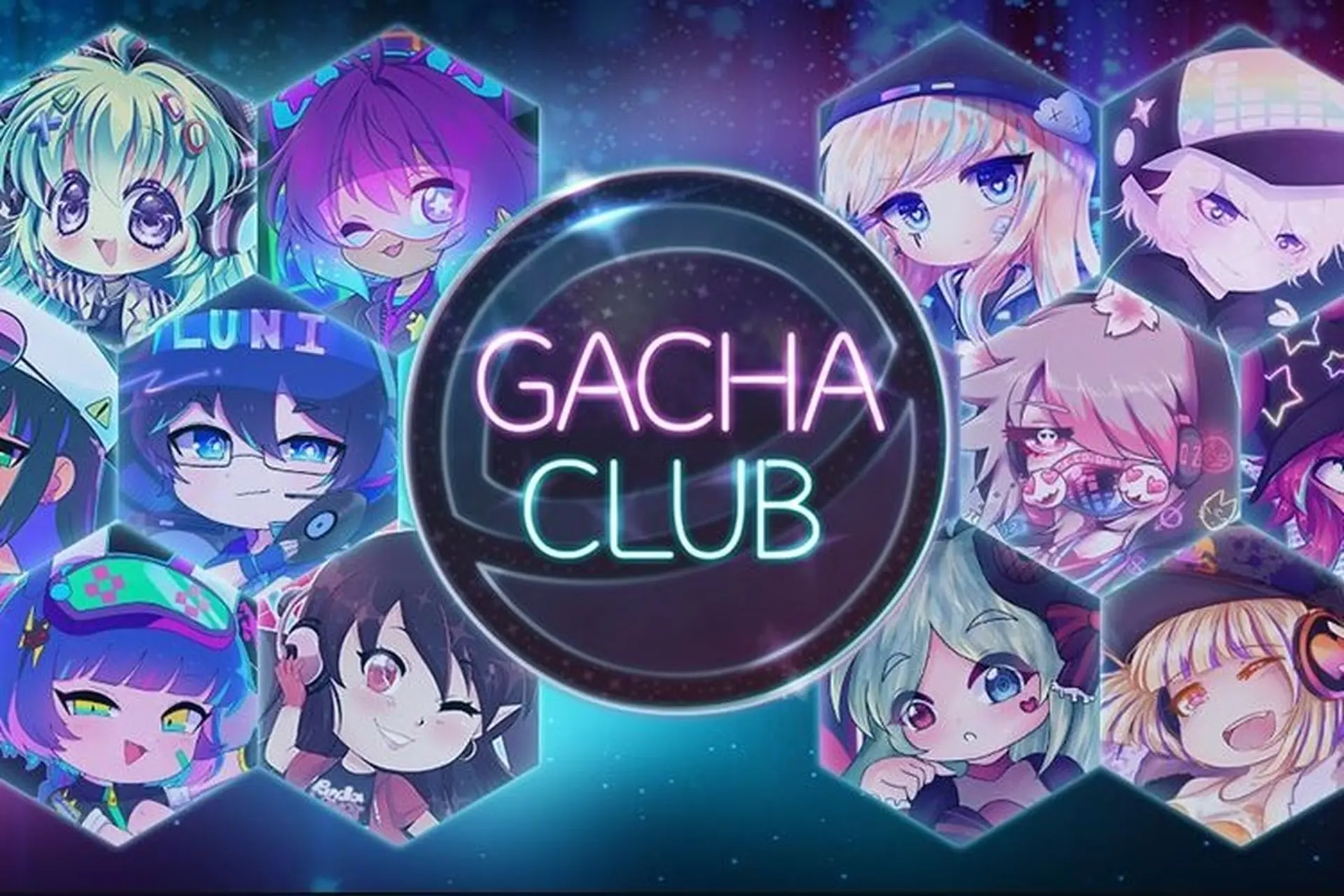Black Myth: Wukong is one of the most ambitious and visually stunning action RPGs to emerge from Asia, developed by Game Science, a Chinese indie studio with big aspirations. Drawing deeply from the classic 16th-century novel Journey to the West, the game is a reimagining of the Monkey King’s legend, filled with mythical creatures, philosophical undertones, and brutal Soulslike combat. Since its debut trailer in 2020, Black Myth: Wukong has captured global attention and stands as a milestone in showcasing China’s capability to produce world-class narrative-driven games.
The combination of breathtaking visuals, cinematic storytelling, transformative gameplay mechanics, and a cultural backbone rooted in Eastern philosophy makes this game more than just another action title. It is, at its core, an attempt to blend folklore, art, and interactivity into one mythological adventure for a global audience.
Let’s take a deep look into the various elements that make this game such a phenomenon—before it even officially releases.
The Birth of Black Myth: Wukong and Its Cultural Roots
The game is heavily inspired by Journey to the West, one of the four great classical novels of Chinese literature. The original story chronicles the pilgrimage of the Buddhist monk Xuanzang, accompanied by his disciples—including the famous Sun Wukong, the Monkey King. With his magical staff, shape-shifting abilities, and rebellious nature, Wukong has become a symbol of strength, defiance, and spiritual growth.
Game Science does not simply retell the tale. Instead, they reinterpret it through a darker, more nuanced lens—one that blends historical themes with modern storytelling. The protagonist, referred to as “The Destined One,” is speculated to be an incarnation or reflection of Wukong rather than the original legend himself, allowing the story to explore fate, identity, and transformation.
Formed by ex-Tencent developers, Game Science has been laser-focused on delivering quality over quantity. Their goal is to elevate Chinese mythology to international stages without compromising on storytelling or gameplay fidelity. With Unreal Engine 5, motion capture, and a team passionate about cultural preservation through gaming, their mission is clear: to create the definitive Chinese action RPG for the global market.
First Impressions: Trailers That Shook the World
When the first gameplay trailer was released in 2020, it stunned the industry. The detailed environments, fluid combat, and sheer visual ambition signaled something far greater than a typical indie game.
Within hours of release, the trailer went viral, drawing praise from journalists, fans, and developers alike. The footage showcased a forest setting where the protagonist fought massive beasts using staff attacks, dodges, and mythical abilities. It was polished, beautiful, and immersive—elements usually reserved for big-budget AAA studios.
Follow-up trailers added snow-covered ruins, massive bosses, and different transformations. They introduced characters like bull-headed giants and bird-like demons—all rooted in East Asian folklore. Every glimpse of gameplay promised a deep combat system and rich lore, only strengthening global anticipation.
Combat Mechanics: A Blend of Soulslike and Mythical Magic
Combat in Black Myth: Wukong is deliberate, weighty, and highly skill-based. Players must manage stamina, positioning, and attacks while learning enemy patterns. But unlike traditional Soulsborne games, Wukong introduces unique mechanics based on mythology.
The protagonist uses a magic staff capable of transforming in length and function, allowing for sweeping area attacks or precise strikes. The game encourages players to study enemies carefully, as brute force is rarely the answer. Timing dodges, parrying, and using special techniques is crucial to survival.
One of the standout mechanics is the ability to transform into animals and mythical creatures. This can allow players to access secret areas, evade detection, or unleash powerful attacks. For example, players can become a golden cicada to sneak behind enemies or a giant beast to overpower foes in specific battles.
Enemy Design and Boss Fights: Beauty in Terror
Each enemy in Black Myth: Wukong looks hand-crafted with a sense of personality, purpose, and mythological influence.
Even basic enemies behave with intelligence. Some use group tactics, while others channel elemental attacks. Environmental hazards, such as cursed fog or fire traps, often turn basic encounters into layered battles.
Boss fights are grand, multi-phase spectacles. From a tiger demon with lightning powers to a decaying monk summoning illusions, each boss tells a unique story. Players will not only test their mechanical skill but also uncover lore fragments and emotional themes embedded within the fight.
Environmental Storytelling and World Design
The game’s world is not fully open, but it features interconnected semi-open zones rich with exploration and secrets.
Players will travel through haunted bamboo forests, freezing mountain temples, and lava-filled caves. Each region reflects a specific part of the legend or a moral allegory, immersing players in culturally rich environments.
Side quests and hidden paths often lead to magical scrolls, stat upgrades, or alternate boss encounters. The developers reward players who pay attention to environmental clues, making exploration feel rewarding rather than repetitive.
Narrative Depth and Moral Themes
The story of Black Myth: Wukong is not told through traditional cutscenes alone. Much like Dark Souls, players uncover lore through environment, item descriptions, and cryptic dialogue.
The game wrestles with Eastern philosophical concepts such as karma, dharma, and spiritual awakening. The protagonist must confront his past lives, moral choices, and inner demons—sometimes literally.
By allowing open-ended storytelling, Game Science gives players space to interpret events in their own way. Is the protagonist a savior, a cursed soul, or merely a pawn of the gods? The game encourages reflection, not just reaction.
Audio, Music, and Voice Acting
Sound design in Black Myth: Wukong is atmospheric and deliberate. Traditional instruments like guzheng and erhu are used to evoke emotional depth.
Each biome features region-specific music. For instance, bamboo forests hum with flutes and nature sounds, while snowy peaks ring with distant drums and chants. This sonic diversity adds layers to the player’s emotional journey.
The game supports multiple voice options, but Mandarin is the original language. Dialogues are poetic, philosophical, and rich in historical reference. English voice acting is being localized thoughtfully to preserve tone and meaning.
Technology and Platforms
Utilizing Unreal Engine 5, Black Myth: Wukong aims to deliver next-gen visuals with cutting-edge lighting, real-time shadows, and dynamic weather systems.
Confirmed platforms include PlayStation 5, Xbox Series X|S, and PC. Game Science is targeting 4K visuals at 60 FPS with support for ray tracing. Optimization across platforms is a priority to ensure consistency in gameplay experience.
Loading times are promised to be minimal, with SSDs fully utilized. Ray tracing and high-resolution textures offer cinematic fidelity even during gameplay. Game Science is working hard to avoid performance bottlenecks that plague many large-scale titles.
Multiplayer and Replayability
While primarily a single-player game, Game Science has hinted at possible multiplayer modes or community-driven features post-launch.
New Game Plus will allow players to carry over abilities and face harder variants of bosses. Choices made in the story will also influence the ending, encouraging multiple playthroughs.
Though not confirmed at launch, developers have discussed optional co-op modes for boss battles or exploration. These would need to fit within the game’s narrative framework, so implementation would be lore-conscious rather than purely competitive.
Post-Launch Plans and Franchise Future
Game Science views Black Myth: Wukong not as a one-off, but as the start of a larger mythological gaming universe.
Future DLCs may explore other characters from Journey to the West, such as Pigsy or Sandy, or delve into side stories of gods and monsters. The narrative scope of the source material provides ample room for expansion.
There are rumors of animated series, merchandise, and even companion games focusing on other myths from Chinese folklore. If Wukong succeeds, it could launch a whole new wave of Eastern fantasy media.
Conclusion: A Cultural Milestone in Modern Gaming
Black Myth: Wukong is more than just a game—it’s a bridge between cultural heritage and modern technology. It represents the power of myth, the depth of Eastern philosophy, and the universal appeal of a well-told hero’s journey. With its careful attention to detail, masterful combat, and breathtaking presentation, it stands poised to redefine action RPGs for a new generation.
Whether you're a Soulslike veteran or someone new to the genre, Black Myth: Wukong promises not only a challenge—but a myth worth believing in.































